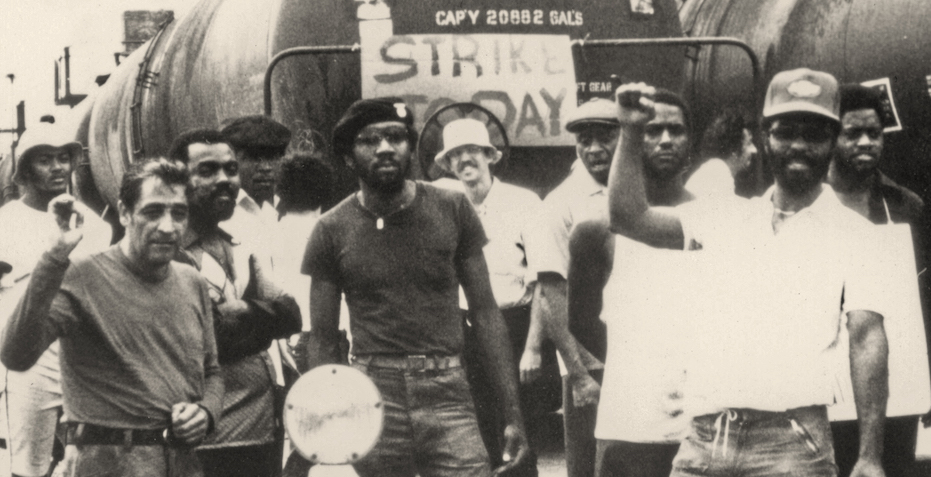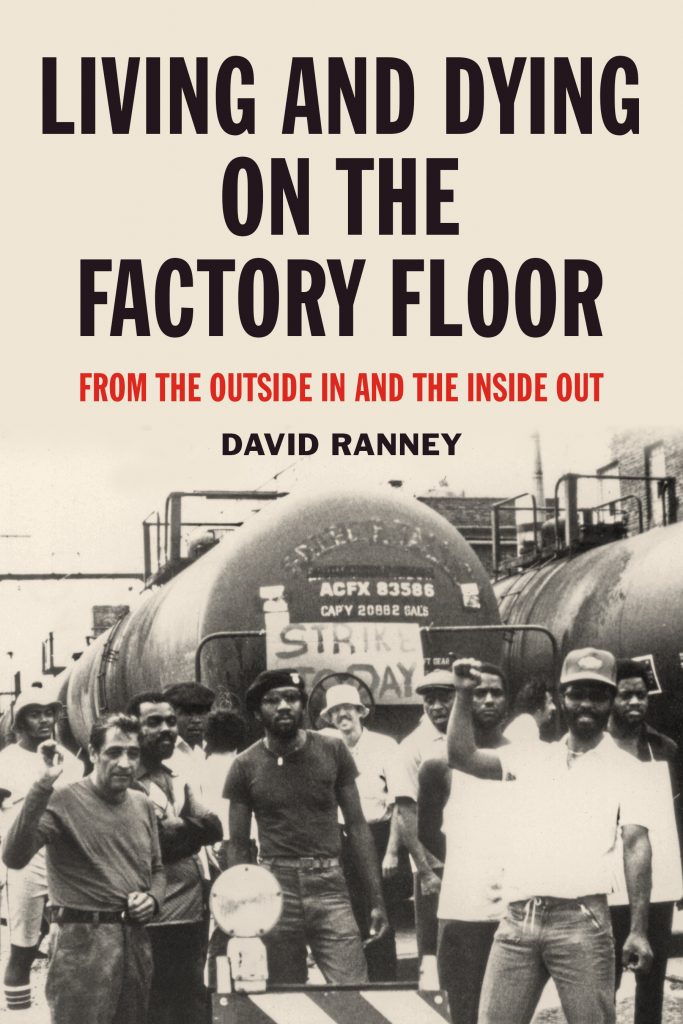By Scott of The Anticapitalist Bookclub
Living and Dying on the Factory Floor by David Ranney is an excellent memoir chronicling the life of factory workers in the late 1970s and early 1980s. Ranney was a communist who left his tenured position at the University of Iowa in 1973 to assist with a friend’s pro bono work at the Workers’ Rights Center in Chicago, before ultimately working in a handful of factories across southwest Chicago and northeast Indiana from 1976-1982. This area was home to one of the largest concentrations of “heavy industry” in the world at the time, with over 1.5 million workers employed by various steel mills and other manufacturing plants within the area.
Each chapter covers a roughly one-year period of Ranney’s life as an industrial worker, where he was a mechanic in a variety of different factories. Ranney’s history of political activism and communist identity informed both his work within the factories and his interactions with the workers around him. Each account of his time in a factory includes some form of labor activism. My favorite parts included when Ranney led a wildcat strike at Chicago Shortening in response to the mafia-corrupted Local 55, and when he and his fellow workers fought to unionize at Solo Cup Corporation in the face of a multitude of U.S. labor law violations. Within Ranney’s accounts of his 7 years in heavy industry are vivid details of the factory floors, the work being done, and most importantly the people Ranney worked and struggled with. You come to know these people in a very personal way — not just as workers, but as individual people with complex identities and meaningful lives outside of their labor.
Ranney fought to break down the racial division of labor at the foundation of the U.S. factory system to promote a class solidarity that would facilitate the militant labor struggles required to fight for a better life for all.
This is an exceptional piece of history recounting a time when the massive U.S. factory system was just beginning to end, and Ranney does a great job of centering the workers he befriended. While there’s a lot more I could say, I will let the selected pages speak for themselves.







